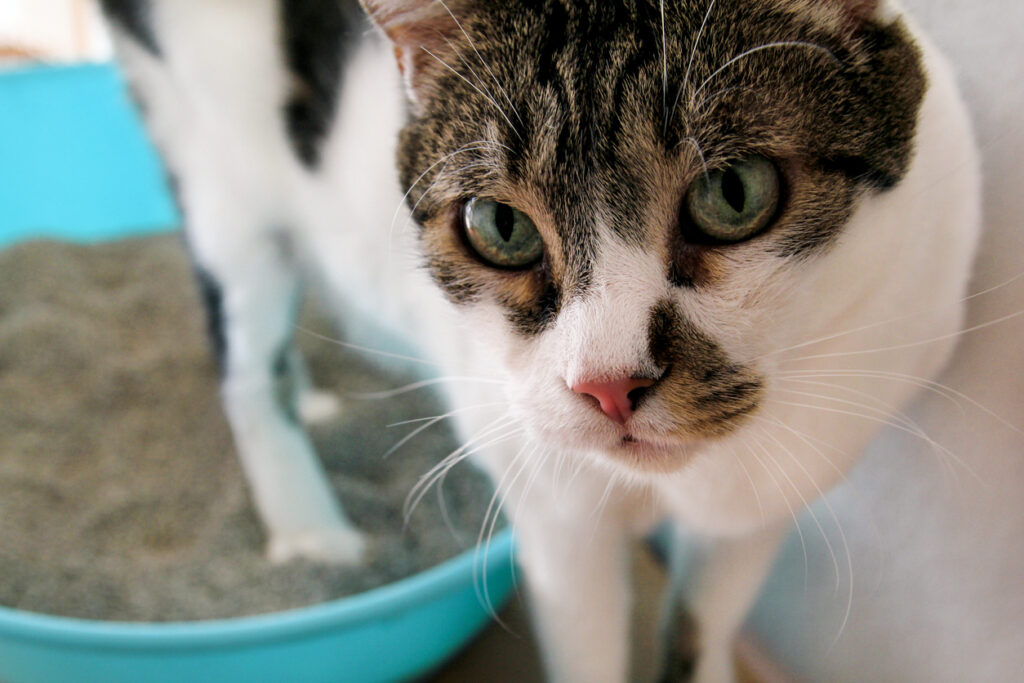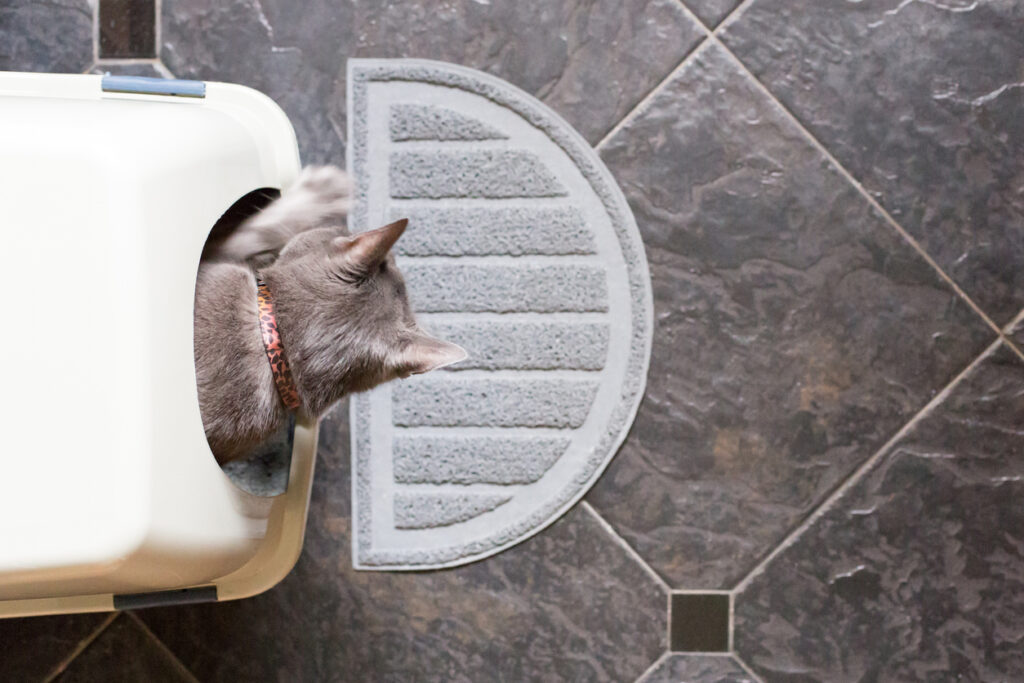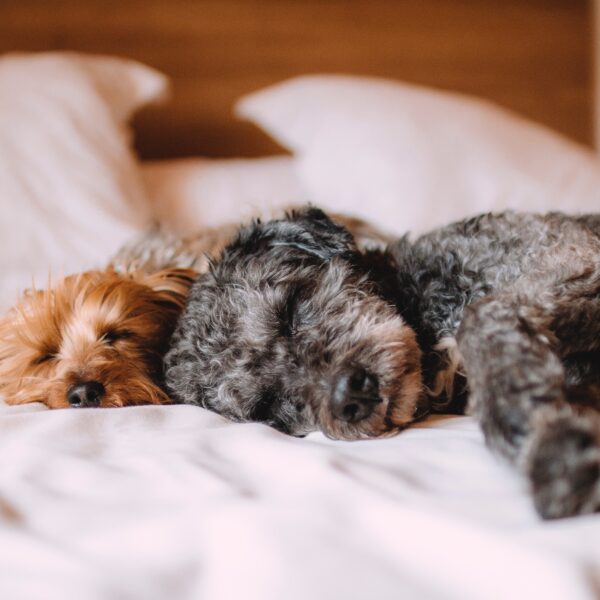Cat litter is one of the basics on your cat owner checklist. But choosing a product is far from simple! Cats are famed for being picky customers, meaning there are lots of options to help cater for every fussy feline. Read on for the cat litter lowdown and top tips on how to litter train a kitten.
How to choose cat litter
Cat litter comes as granules, pellets or sand and it can be made from a range of different materials: mineral, silica, wood fibre, straw, recycled paper and even wheat by-products. Each of these has different advantages, with mineral and silica cat litters being particularly absorbent, while the other options can be more environmentally friendly. Each of the materials has a different feel and smell, plus some are more or less likely to be tracked around the house by long-haired cats. As a general rule, tracking is less likely if the cat litter is made up of larger, heavier pieces, and composed of a less ‘sticky’ material.
You might also hear the terms ‘clumping’ and ‘non-clumping’ cat litters. Clumping litters often contain bentonite, or a fibre that does the same job, that holds the cat litter together into clumps once it becomes wet. This makes it easier to spot-clean your cat’s litter tray by removing obvious areas of soiling, without replacing the entire contents of the box. The litter tray should still be cleaned regularly, but it’s not necessary to do this as frequently as with non-clumping varieties. Non-clumping cat litter does need to be replaced more regularly, but some cats (and owners) prefer it.
There are plenty of other features to consider too. Would you prefer a scented or fragrance-free option? Plus, some cat litters have more anti-bacterial properties, while others are dust-free which is good for pets and people with respiratory problems. Kittens also have special cat litter requirements, more on that below.
Another thing to think about is whether to use litter liners. These can make it easier to clean out your pet’s litter tray, particularly if you are using a non-clumping product, but they’re not essential. You will also need a litter tray scoop and a pet safe cleaner.

How to choose a litter box
Just as with their litter, cats can also be very choosy about their preferred litter box. Given that pets can feel vulnerable when they are using the toilet it’s important for them to feel comfortable, secure and as safe as possible. Otherwise, they might take to toileting elsewhere around the house to avoid being stressed or startled mid-pee!
As a general guide, the litter box should be at least the length of your cat’s body from whiskers to tail tip. However, keep in mind that some felines might prefer a bit more room. There are different heights for box-sides too – if your pet is a ‘sprayer’, kicks around in the litter a lot or is generally a messy moggy, they might be better with a high-sided option. However, older or arthritic cats and young kittens might struggle to climb over these and will need a tray with at least one low side for easy access.
There are covered and uncovered cat litter trays available. Neither is better than the other, and it again comes down to preference, with some enjoying the added security of feeling they can hide. If your pet has respiratory problems, an uncovered option might be necessary to reduce inhalation of any dust.
Self-cleaning litter trays are also a thing! Keep in mind that the random scooping can spook your pet, plus it can take longer to notice if there are problems with your pet’s urine or poop such as blood streaking. That does not rule these out completely, but it’s important to bear these issues in mind.
How to litter box train a kitten
A kitten will often be introduced to cat litter by their breeder from a few weeks of age and may be partially litter trained by the time you bring them home. However, all kitties learn at their own pace and there are no hard and fast rules. If you are a new pet parent, you can take a look at our more detailed new pet guide here.
Choose a cat litter that is kitten-safe. It is not uncommon to find a kitten eating cat litter, so opt for a non-clumping product until at least a few months of age as clumping options can cause dangerous gut blockages if consumed. Also avoid products with fragrances or other chemicals. Kittens will need a box with shallower sides until they are litter trained and old enough to use an adult cat litter box.
Make sure the box is easy to locate when your kitten is in a hurry to use it! Generally, a clear corner of a room works well. You can pop a training pad underneath the box, in case of accidents or messy learners. Many owners keep a young kitten in one room of the house until they are more confident with their house-training, and then have a few litter boxes around the house while their older kitty gets used to having more space.
The team at Vital Pet Club promote positive reinforcement, rather than punishment. If your kitten uses their litter box, you can give them praise and treats. If they have an accident outside of their litter tray, make sure to clean the area thoroughly to remove the scent – otherwise they can start to see this spot as their regular toilet.
You can give your kitten a helping hand by popping them in the litter tray at times when they are most likely to need it – first thing when they wake up, after meals, and before they go to bed. If this does not seem to be working, you can try experimenting with different types of kitten-safe cat litter, and speak to your local pet shop for more tips and tricks on how to litter train a kitten.
How to house train a cat

Older cats can stop using their litter tray for a number of reasons. These can be behavioural, such as stress, which is more common in multi-cat households or when there has been a recent change to their environment or routine. In a multi-cat household, a good rule of thumb is to provide one litter box per cat, plus a spare. This avoids competition between individuals, even if they get along well at other times.
If your adult cat keeps peeing in same spot outside of their litter tray, make sure to disinfect the area as thoroughly as possible. You could consider moving their litter box to this location, if it is out of the way and a hygienic place to have their toilet. Otherwise try to keep the door to this room closed while you are re-training them. When thinking about how to litter train an older cat, use similar strategies as you would to litter train a kitten, described above, and consider changing their litter type. For senior cats, peeing in the wrong place could be a sign that they are ageing and forgetting where to find their litter tray. For these individuals make sure that the litter box is easy for them to access, and consider putting a few extras around the house.
Toilet accidents can also be a sign of underlying health issues such as a cat urine infection, feline idiopathic cystitis (inflammation of the bladder in the absence of infection), or kidney issues. If your adult cat is having accidents, it’s worth asking a vet for advice. This is particularly important if you notice your cat peeing blood, straining when they urinate, drinking more, or showing any other symptoms that concern you.
How often should a cat pee?
Cats evolved to drink less water for their body size than we are accustomed to as humans. The ancestors of our pet cats would have lived in warmer climates with less access to fresh water. This means that they will generally need to pee less often too. However, what is ‘normal’ differs between individuals. Your cat might also prefer to urinate outdoors, rather than in their litter box. If you notice an increase in the number of times that your cat urinates each day, it could be worth speaking to a vet.
Want to stay up-to-date with the latest pet advice and products? Follow us on Facebook and Instagram.
Now you know how to litter train a kitten, take a look at our new pet guide.


